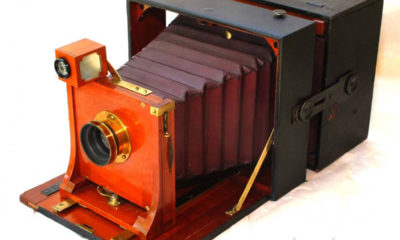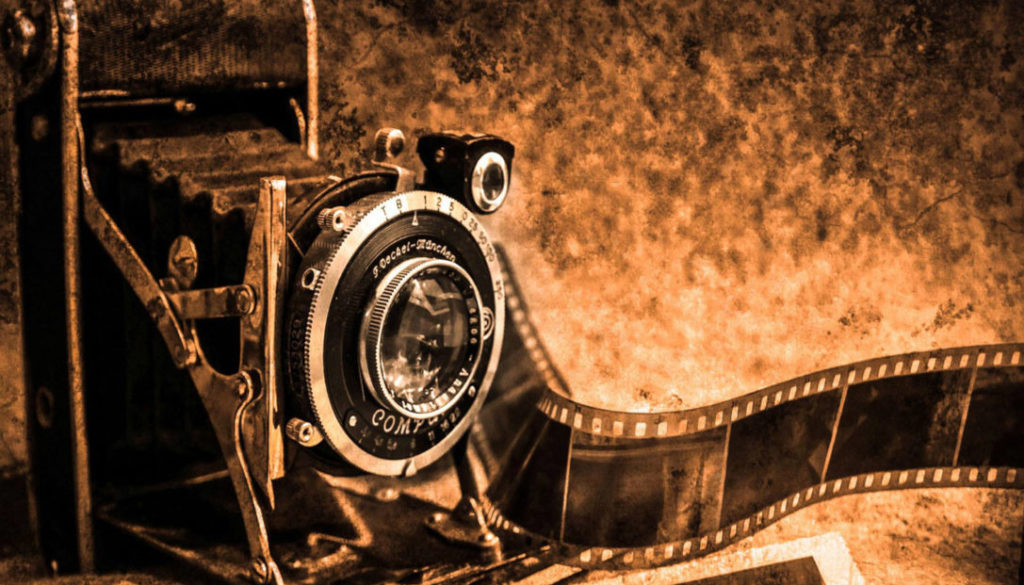Local Photography Exhibit to Feature Two Original Hubble Glass Plates
COLLEGE STATION —
When the Brazos Valley Museum of Natural History kicks off its most recent exhibition, Capturing Time: The Story of Early Photography on Thursday (Jan. 28), a portion of the spotlight will be shining on astronomy connections, past and present.
Texas A&M University astronomer Nicholas B. Suntzeff says the exhibit represents a fascinating collection of cameras and old photographs, including two historic photographic plates he was able to secure on loan from Carnegie Observatories — a partner along with Texas A&M in building the Giant Magellan Telescope. Both were taken by world-renowned astronomer Edwin Hubble in 1923 at Mount Wilson Observatory.

The exhibit will showcase rare and beautiful vintage cameras, photographic equipment, printed materials from Darrin Hill’s collection and photographs, including two original Hubble glass plates (below) on loan from the Carnegie Institution for Science. (Credit: Brazos Valley Museum of Natural History.) 
Nicholas B. Suntzeff
The post Local Photography Exhibit to Feature Two Original Hubble Glass Plates appeared first on College of Science.


